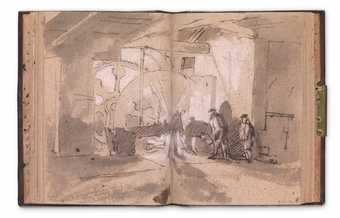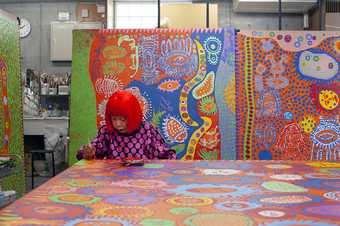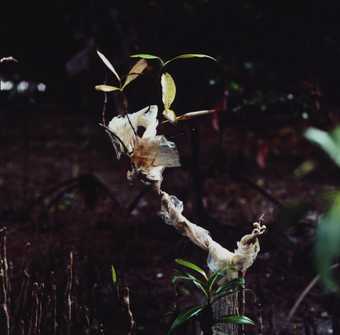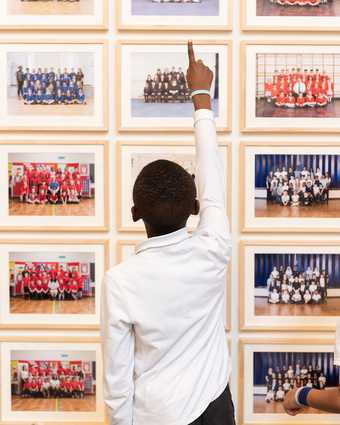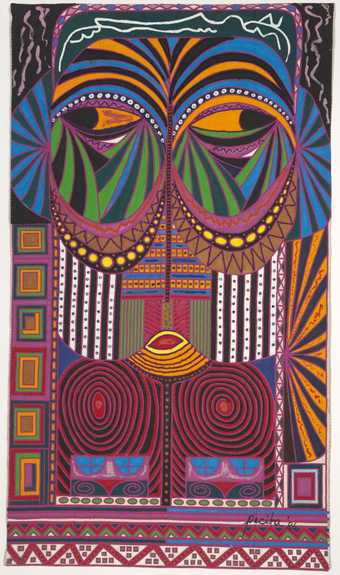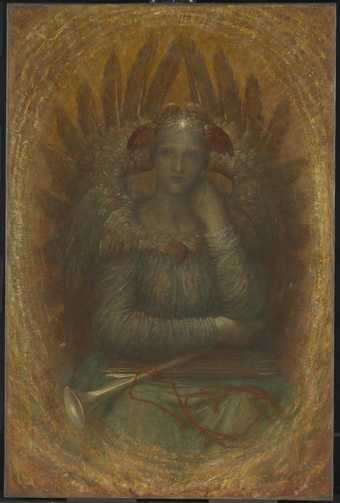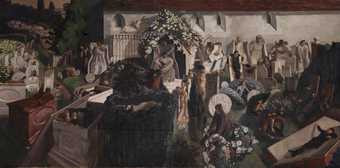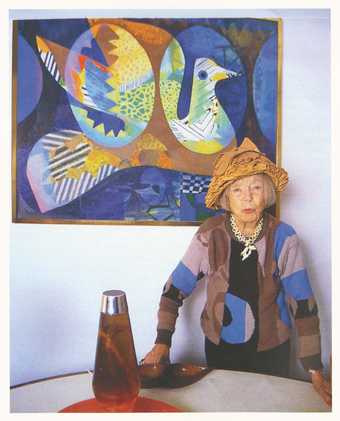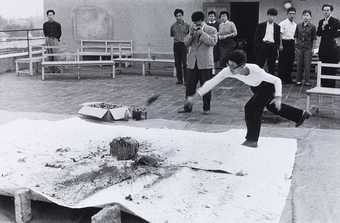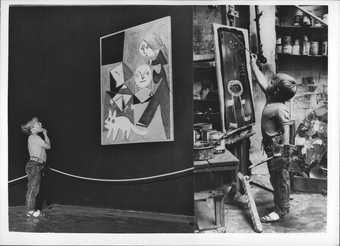Editor's Note

Yayoi Kusama
Infinity Mirrored Room – Filled with the Brilliance of Life 2011/17
Courtesy the artist, Ota Fine Arts and Victoria Miro. © YAYOI KUSAMA
What were you first art memories? When I was seven, my mum took me to see an exhibition of paintings by the artist Joan Eardley. Among her landscapes, what stood out were her pictures of young children from Townhead, one of the poorest areas in 1950s Glasgow and the location of the artist’s studio. I was fascinated by these children – this was a place I knew about: my dad, a doctor, had often told us stories of delivering babies in similar one-room homes within cramped tenement blocks, many now long since demolished.
Beyond the theories, the analysis and the ‘isms’, it is often the human stories that connect us to art. Jon Snow recounts the time his father took him to see Stanley Spencer’s painting The Resurrection, Cookham 1924–7 at Tate, and how he had ‘revelled’ in the fact that Stanley had woven real people into the graveyard scene, some of whom were living villagers, ‘rising out of tombs in their own Cookham village churchyard’. The experience, he says, ignited ‘a questioning candle’ in his young head, as well as an ‘abiding love for Spencer’s work’.
This issue celebrates the rich and multi-layered stories that live within Tate’s collection. Ernest Cole’s photographs, which document the South African apartheid that he experienced, resonate with Lindokuhle Sobekwa, a fellow photographer from a different generation. Sobekwa writes movingly about Cole’s record of the oppression, hardship and racial violence, but also joy, that he experienced and witnessed. These stories, Sobekwa tells us, are now part of him.
One’s uneasy place within a changing world is a theme that appears repeatedly in the work of many artists. From an early age, the Japanese artist Yayoi Kusama, growing up during the Second War War, had hallucinations in which she saw ‘flashes of light, auras, or dense fields of dots’. She would channel these experiences into her art, including her mesmerising Infinity Mirror Rooms, first made in 1965 and two of which will be shown at Tate Modern. As Tate Modern director Frances Morris describes, Kusama’s ability to transport us beyond her compelling life story ‘to the very epicentre of her obsessional and mysterious imagination’ is what makes her art so endlessly captivating.
It is impossible not to be similarly drawn to the extraordinary stories of resilience, dedication, care and love of NHS workers during the COVID-19 pandemic, as captured in watercolour by artist Aliza Nisenbaum. Throughout August, Nisenbaum got to know (via video chat) a wide range of NHS staff in Merseyside and drew on these conversations to include elements of the sitters’ personalities and interests within her paintings. There is the story of Emily, a critical care nurse who has spent most months ‘running on adrenaline’, and Naveena, a student nurse who volunteered to work on the front line. Their portraits, and the stories they hold, will undoubtedly resonate down the generations, directing us not only to their selfless achievements in the face of adversity, but reminding us that art can – in a modest way – be a catalyst for change, move us, and, above all, matter to us all.
Simon Grant



